_revised2.jpg?sfvrsn=f4bf1779_2)
SIEW returns to a fully in-person live event after two years
Over 12,000 delegates from more than 70 countries convened at the Sands Expo and Convention Centre from 25-28 October this year for the Singapore International Energy Week (SIEW) 2022—the first fully in-person SIEW event in more than two years.

Powering towards "A Resilient and Sustainable Energy Future"

Deputy Prime Minister and Minister for Finance Lawrence Wong delivered the Singapore Energy Lecture, announcing the enhancement of the Nationally Determined Contribution climate target for Singapore as well as a national hydrogen strategy. By 2050, low carbon hydrogen could make up to half of Singapore's power generation mix. Towards this end, the public sector will take the lead to achieving net zero by around 2045 before the rest of Singapore.
Navigating the dual challenges of the energy transition and energy crisis
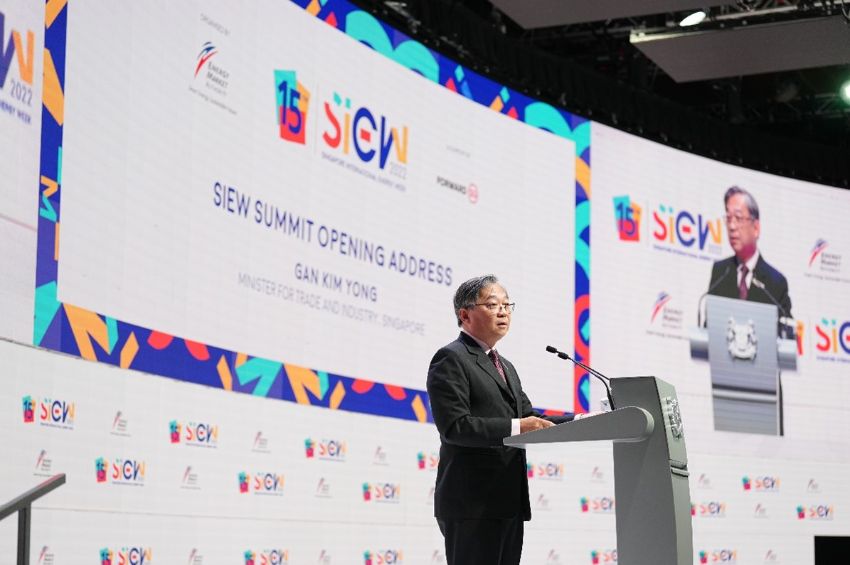
Minister for Trade and Industry Gan Kim Yong emphasised the need to balance energy security in his SIEW Summit Opening Address, which would allow countries to & meet Paris Agreement goals without derailing the energy transition. Citing the global energy crisis and geopolitical developments, he announced that Singapore would put in guardrails in three key areas—power generation capacity, gas supply and retail markets. This would ensure that the city-state's energy sector continues to function well even under volatile conditions.
Cross-border collaborations power on, with international cooperation to enhance energy security and accelerate the energy transition
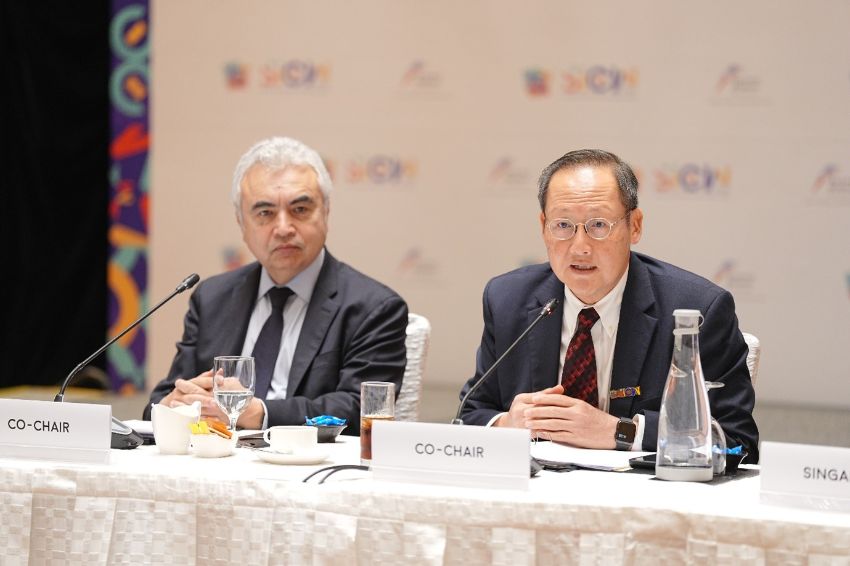
Dr Tan See Leng, Minister for Manpower and Second Minister for Trade and Industry, and Dr Fatih Birol, International Energy Agency (IEA)'s Executive Director, co-chaired the Singapore- IEA Ministerial Roundtable. Both parties also expressed interest to explore setting up an IEA Regional Cooperation Centre in Singapore. This aims to elevate international cooperation between countries, towards advancing the clean energy transition.
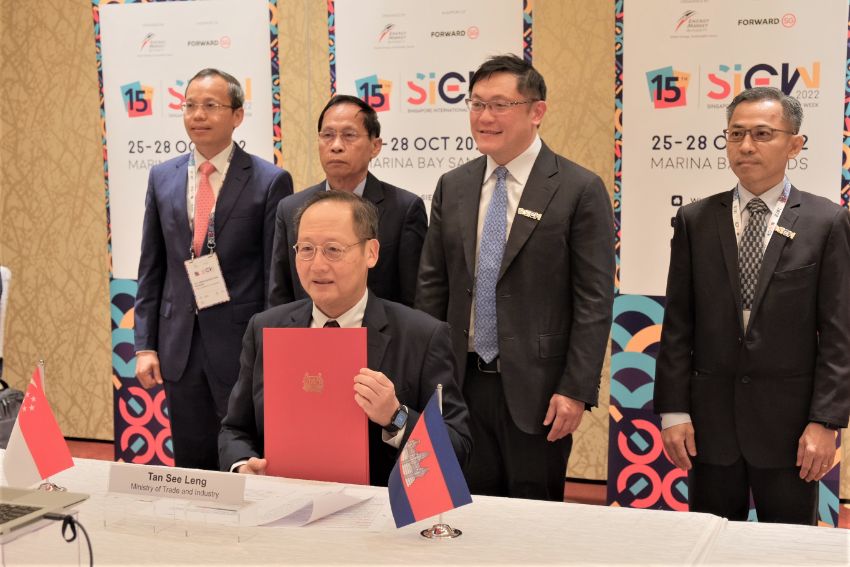
Bilateral Cooperation, Public-Private collaboration and industry partnerships in the energy sector were further enhanced and established across the SIEW week. These included:
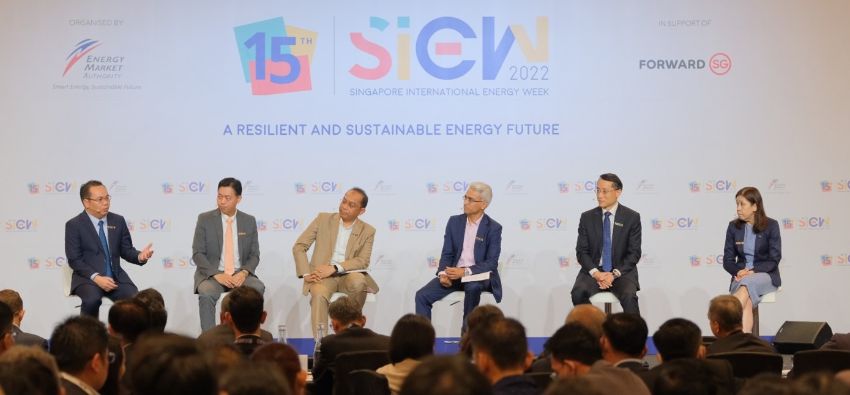
The spotlight was cast on the Lao PDR-Thailand-Malaysia-Singapore Power Integration Project (LTMS-PIP). The region is looking to the LTMS-PIP as a critical pathfinder to bring the ASEAN Power Grid one step closer to reality. As the first multilateral cross-border electricity trade involving four ASEAN countries, key learnings were shared at this year's SIEW Energy Insights, ranging from developing regulatory processes for power trading, to a communications framework in the event of supply disruptions and changes.
Collective effort and innovation key to unlocking net zero transformations
The week's discussions also centred around the shared belief that collective action and digital innovation will be critical to unlocking low carbon solutions. Energy luminaries remained positive that the region, Southeast Asia in particular, could weather the storm with positive decisions and actions taken.
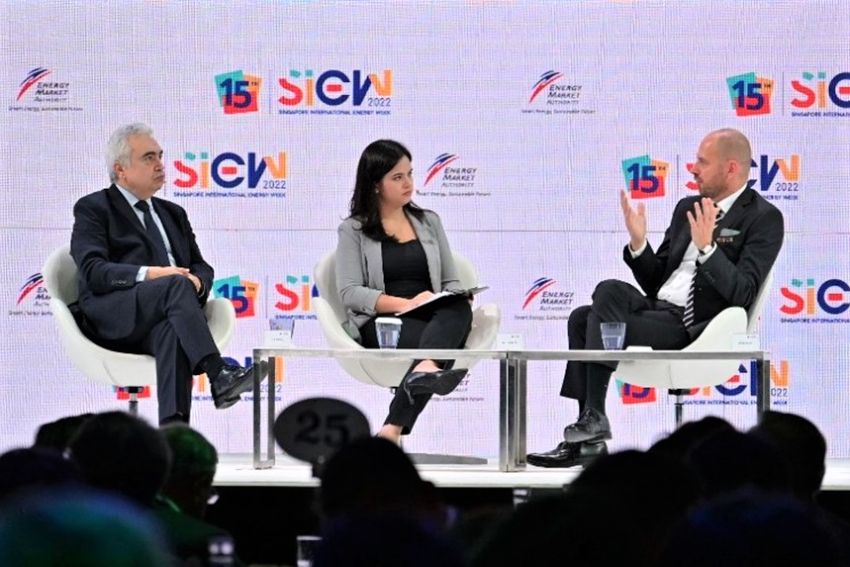
- DrFatihBirol, Executive Director for the International Energy Agency (IEA), in his SIEW Opening Keynote Address, was upbeat that the energy crisis might accelerate the energy transition. He named three key factors driving this, including unprecedented global government response to the energy crisis, emerging markets that see potential for energy transition and the growing investment in renewable energy.
- Dr -Ing Christian Bruch, President & Chief Executive Officer, Siemens Energy AG, observed a strong alignment on challenges and goals across governments. He outlined five key considerations necessary for a successful transition, including decreasing regulatory hurdles towards accelerating renewables deployment, increasing interconnection to further regional trade by strengthening electricity grids and overcoming the complexity in renewable manufacturing by developing local and global supply chains.
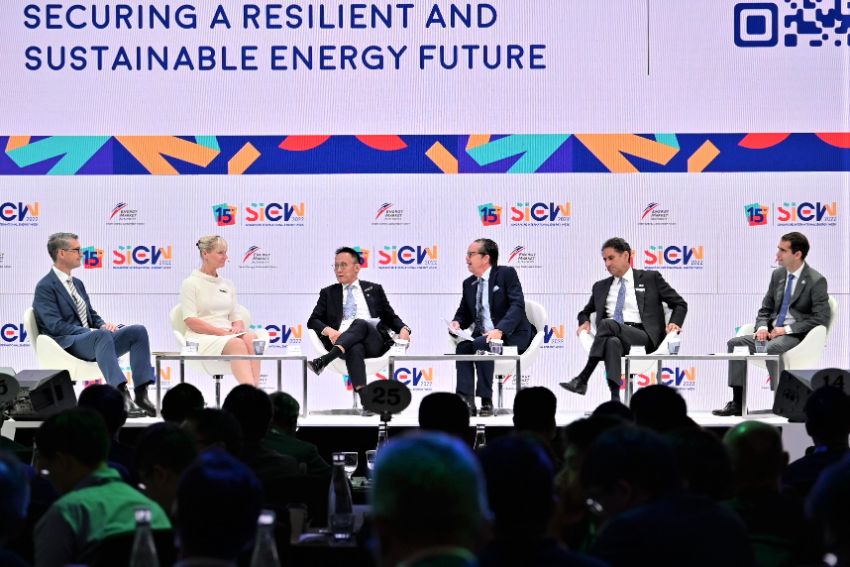
Energy leaders at the Singapore Energy Summit agreed that the energy transition is gaining traction from all stakeholders. However, they cautioned that greater regional cooperation and innovation are still needed to embrace the energy transition at speed and scale. Among the panellists were:
- Sarawak Premier Datuk Patinggi Tan Sri (Dr) Abang Haji Abdul Rahman Zohari Bin Tun Datuk Abang Haji Openg shared how Sarawak is leveraging its hydropower plants to support a green economy.
- Indonesia's Minister of Energy and Mineral Resources, H.E. Arifin Tasrif outlined his country's various renewable energy sources and decarbonisation efforts.
- The Hon Bill Johnston MLA, Minister for Mines and Petroleum; Energy; Corrective Services; Industrial Relations, Western Australia, noted the importance of renewable integration and micro-grids as key to scaling up low carbon solutions.
- Francesco La Camera, Director-General, International Renewable Energy Agency (IRENA), spoke about the new energy system he sees looming ahead.
- World Energy Council's Secretary General and Chief Executive Officer, Dr Angela Wilkinson, proposed transparency, trustworthiness and transformation for a clean and just energy transition.
- Maeda Tadashi, Chairman of the Board, Japan Bank for International Cooperation and Special Advisor to the Cabinet, the Government of Japan, called for greater collaboration to address significant financing gaps in climate change.
- Ahmad Yuniarto, President Director, PT Pertamina Geothermal Energy, Indonesia, who said that de-risking early-stage geothermal development with well-priced blended finance could unlock geothermal energy's potential as a vast indigenous resource.
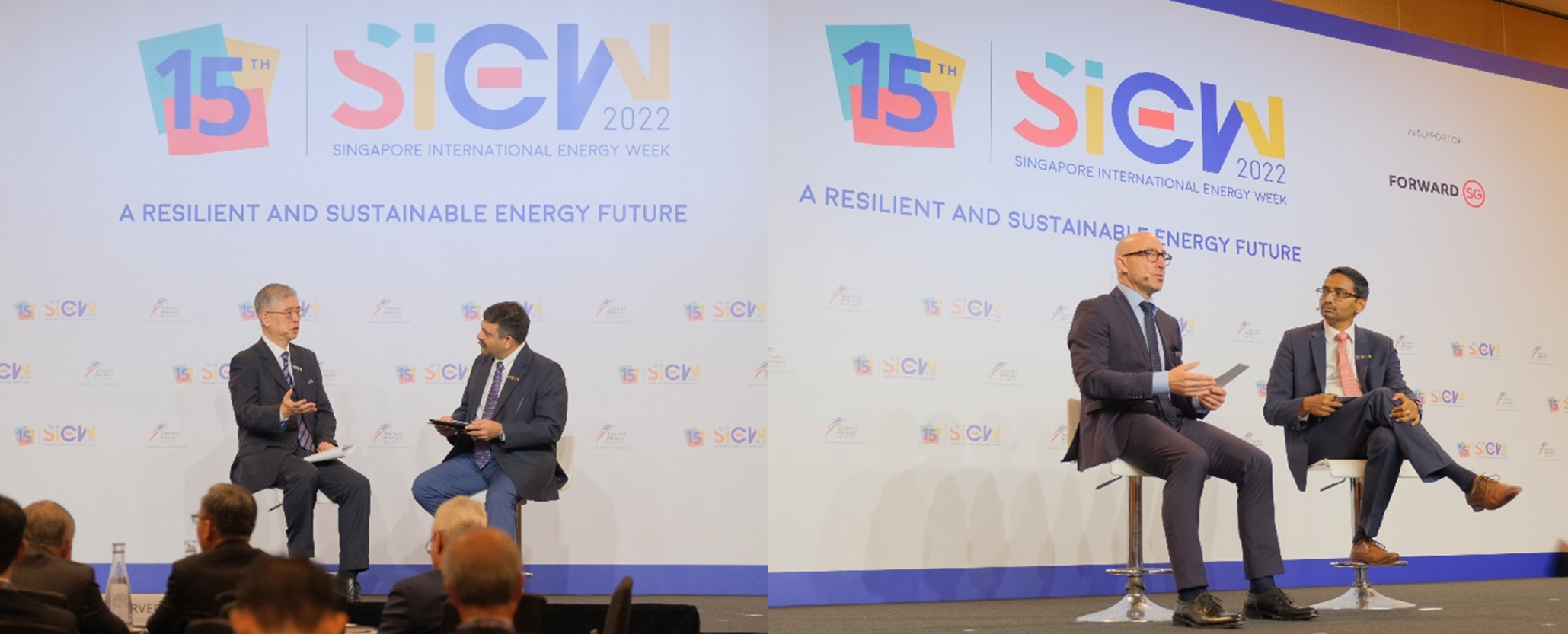
Industry experts also spoke about how research partnerships among ecosystem stakeholders are helping to drive innovative breakthroughs in net zero solutions. At SIEW Energy Insights, several learnings and updates were shared:
- Sun Cable explored regional "green grids" that can accelerate transmission of renewable electricity across Asia.
- A*STAR and Singapore Battery Consortium researched into the greenification of the future grid towards a more sustainable grid.
- INNIO looked into achieving output, efficiency, and emissions when operating on hydrogen fuel.
- Asia Pacific Energy Research Centre highlighted key takeaways from its APEC Energy Demand and Supply Outlook 8th edition, which identified opportunities and challenges for the region’s energy sector.
- Shell Start-up Singapore’s 6 companies showcased their innovations which will help support Singapore’s net zero goals.
Hydrogen and nuclear headline industry discussions
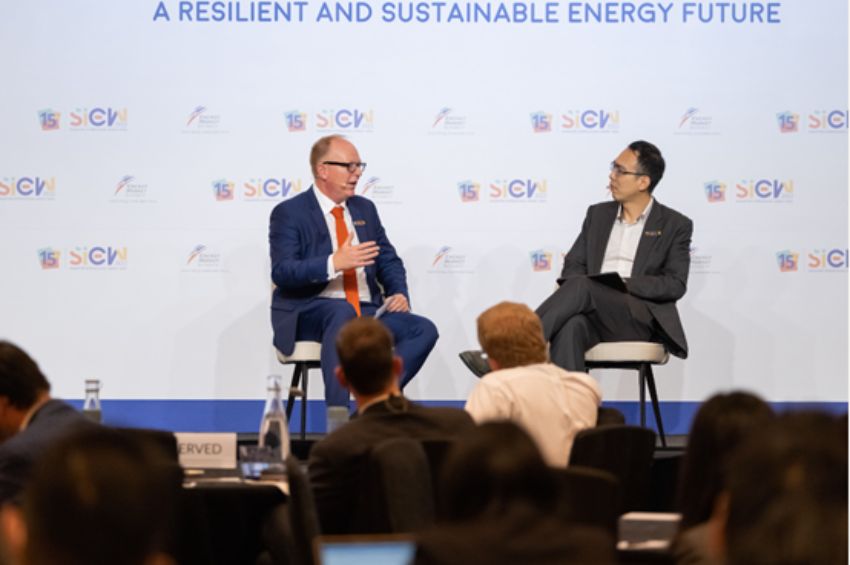
At the inaugural SIEW TechTable, the discussion was focused on clean fuel. Energy speakers discussed the best course of action for hydrogen technologies to achieve their full potential, from fuel cell products to sustainable aviation fuel.
Nuclear and geothermal were also topic of interests. Panellists at both the SIEW TechTable and SIEW ThinkTank Roundtables explored how nuclear and geothermal energy can help advance ASEAN's decarbonisation efforts and accelerate the energy transition.
Inspiring organisations to grow Singapore’s energy sector together

Minister for Trade and Industry Mr Gan Kim Yong conferred the Singapore Energy Award on Sembcorp Solar Singapore. This was to recognise the company for its impact and contributions in developing Singapore's solar industry and its leadership in capability development for the sector.
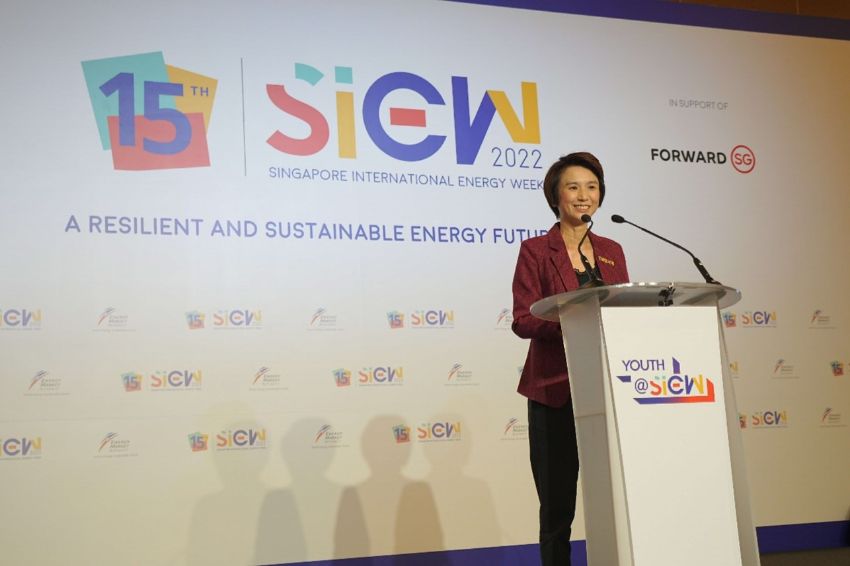
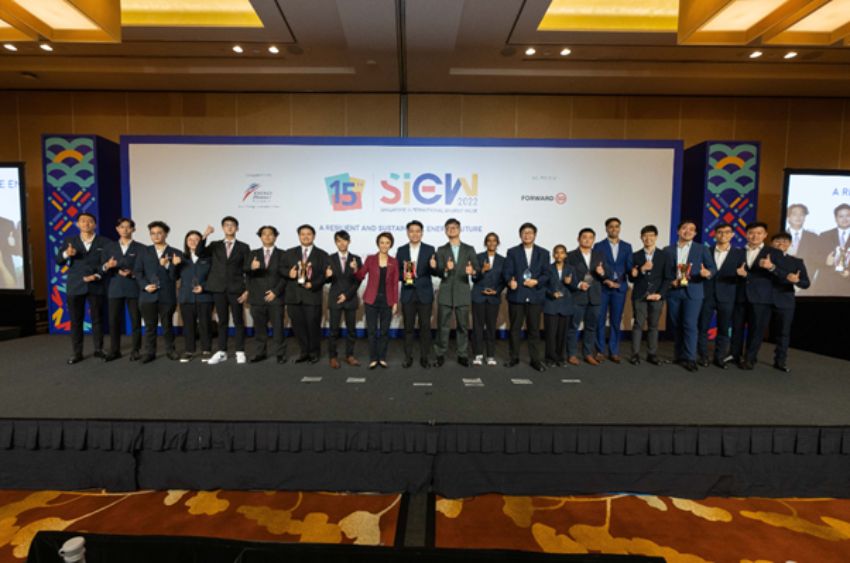
The call was also made for youths to seize the opportunities emerging in the clean energy sector and to actively co-create a sustainable future for the country. At this year's Youth@SIEW, Minister of State, Ministry of Trade and Industry & Ministry of Culture, Community and Youth, Ms Low Yen Ling, highlighted the Clean Energy Jobs-Skills Insights report, which identifies job skills that are in demand across the growing areas of solar, energy storage systems and smart grids.
Ms Low presented the Energy-Industry Scholarship to four engineering students from Ngee Ann Polytechnic and Singapore Polytechnic. She also awarded prizes to winning teams of the third Singapore Energy Grand Challenge (Youth), which attracted a record number of over 110 student teams from 36 schools, all contributing ideas for a more sustainable energy future. The Challenge included a new Institutes of Higher Learning category, which saw students addressing real-life challenge statements issued by our partners - Keppel Infrastructure, Schneider Electric and Sembcorp Industries.
Commemorating 15 years as Asia's premier energy platform

To commemorate the 15th Anniversary of SIEW, the onsite SIEW Energy Showcase was specially curated with the support of key energy partners. Through a series of engaging exhibits, the Showcase featured Singapore’s key initiatives and innovations that will power the country through to a resilient, greener and more secure energy future.
Highlights at partner events
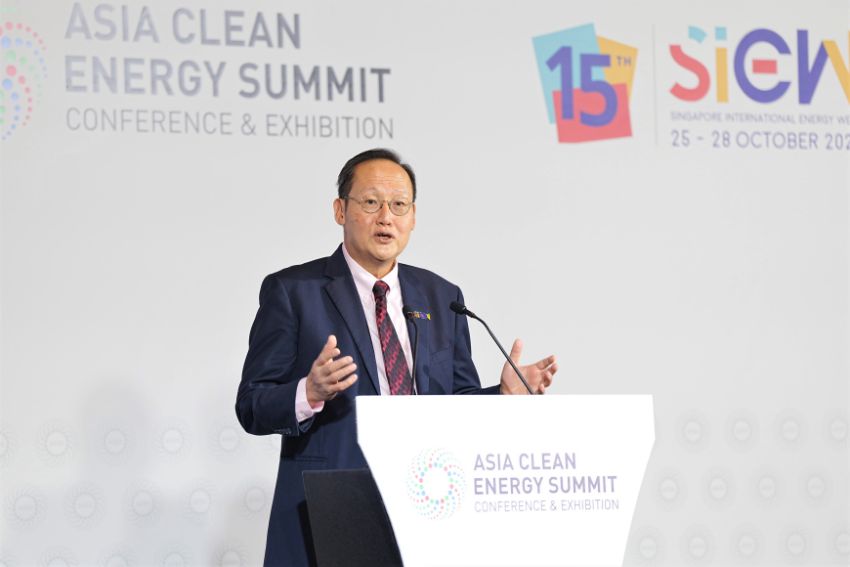
Dr Tan outlined three pillars at the Asia Clean Energy Summit, that would help accelerate the energy transition—namely, acceleration, collaboration, and development. This set the stage for a recap of Singapore's energy initiatives, as well as new announcements including
- The completion of the upgrade of the Malaysia-Singapore interconnectors, an important milestone in enhancing regional connectivity.
- An update that the 200MW/200MWh Energy Storage System by Sembcorp Industries is undergoing commissioning tests to achieve commercial operations by end November. When operational, this will be the largest energy storage system deployed in Southeast Asia and the fastest of its size.
- A partnership between Singapore and the United States on a Feasibility Study on Regional Energy Connectivity in Southeast Asia. This will, among other things, propose possible forms of a regional grid network for both land and sea-based interconnections in Southeast Asia.
Later at the Singapore-IRENA High-Level Forum, Dr Tan announced a two-year Demand Response/Interruptible Load sandbox that will enable contestable consumers to optimise their energy consumption. This will underpin the ongoing transition to lower carbon emissions set out in the Singapore Green Plan 2030.
At the Asia LNG & Hydrogen Gas Markets, Ms Low in her Ministerial Keynote spoke about the importance of natural gas as a transition fuel to ensure reliability in energy supply. However, to reduce emissions, she said an upcoming consultation will be undertaken. This will centre around new emissions standards for new and repowered fossil fuel-fired generation units in 2023.
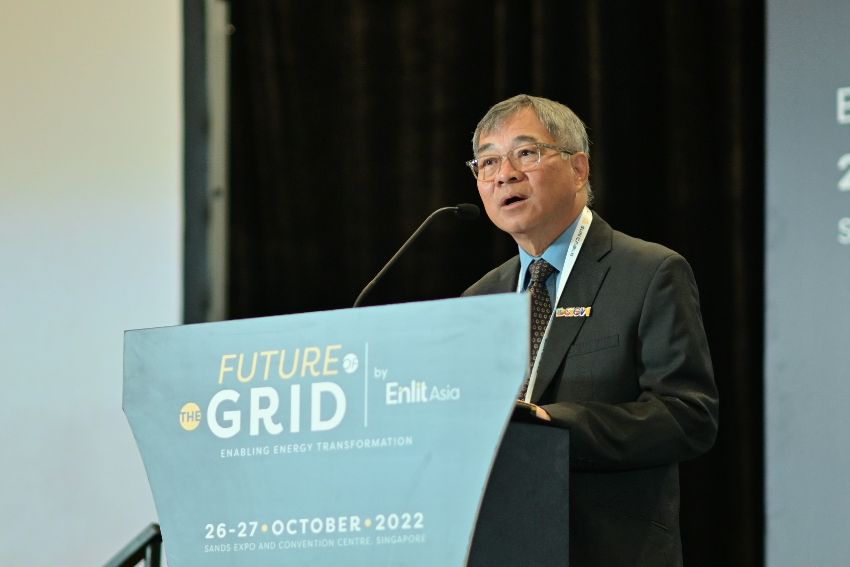
In his keynote at the Future of the Grid, Richard Lim, Chairman, Energy Market Authority , pointed out that the current grid will need to be modernised to facilitate the grid of the future. He envisaged interconnected grids in ASEAN that would help drive investments in low carbon projects, open new markets and strengthen energy adequacy and resilience.
The Asian Downstream Summit & Asian Refinery Technology Conference discussed pertinent challenges facing the industry, from coping with changing mindsets and skillsets to taking the next step towards a hydrogen economy. This year, five awards were given out to individuals and organisations for their impact in furthering data insights and decarbonisation efforts in the industry.
Save the date for SIEW 2023 on 23–27 October 2023! Sign up for updates on SIEW.